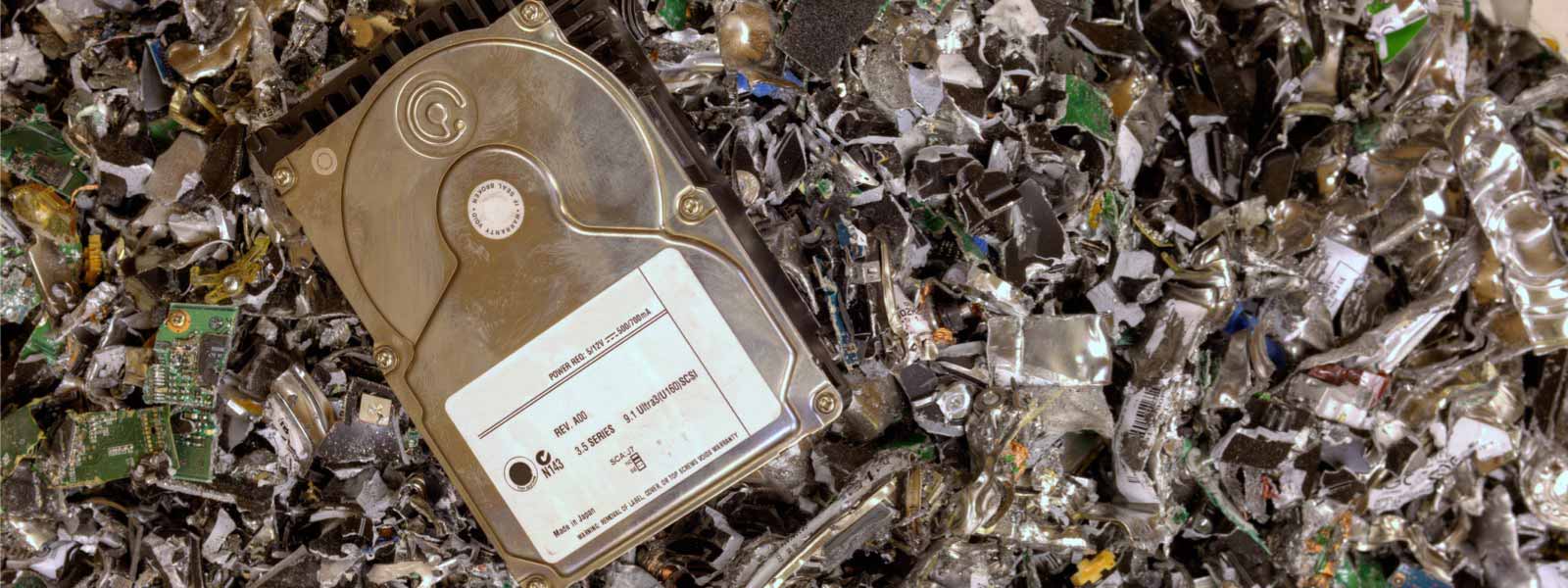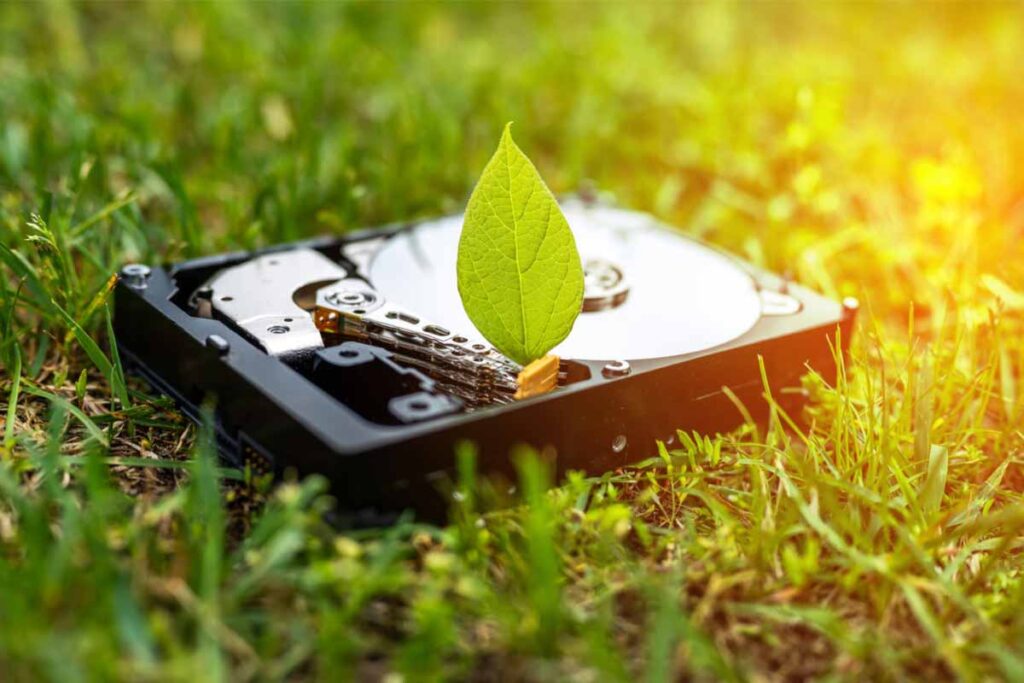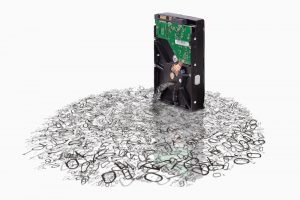Why is Recycling E-Waste so Difficult
Introduction
No other species on planet earth has caused as much ecological devastation as human beings. Even with all the evidence that abounds, we still have climate change naysayers. Thankfully, the majority of people are increasingly aware of our impact on the environment. We no longer (or at least are trying to) exploit natural resources irresponsibly and are slowly moving towards more environmentally-friendly alternatives for reducing waste and our carbon footprint in everyday life. We now embrace waste recycling, electric vehicles, plant more trees, and cleaner energy sources such as solar and wind power. However, when it comes to handling our ever-growing electronic waste, we are seemingly coming up short. Why is recycling e-waste so difficult? While there are many barriers to proper e-waste recycling, the short answer is that it is not as simple as we would like to think.
E-Waste Recycling Challenges

Recycling electronic waste, or e-waste, has proven difficult because of many reasons. First, we are producing more waste than we can recycle. In the US and Canada alone, every person produces an estimated 20 kilograms of e-waste annually. According to the UN Environment Program (UNEP) report, 53.6 million metric tons of e-waste were generated in 2019. Only about a fifth of this was recycled.
Electronic devices are complicated and made up of various components that must be broken down and recycled part by part. Most people, states, and even countries do not have the know-how and resources to handle that effectively.
Here are some of the barriers to e-waste recycling that impede the efficient and environmentally-friendly discarding of e-waste.
Lack of Standardized E-Waste Recycling Policies
One major barrier to e-waste recycling is the lack of standardized e-waste recycling policies across the board. Many corporate companies, like Apple, have offered recycling options to their clients. Still, there are no agreed and ratified recycling policies that dictate the safest and most effective way to recycle and manage the various types of e-waste.
A lot of the recycling companies in the market do not recycle the e-waste sent to them. In 2016, the Basel Action Network, or BAN, made a damning discovery of the unethical practices of some recycling companies in the United States. There are no concrete e-waste recycling policies to guide governments, companies, and small businesses on the process of e-waste recycling.


Hazardous Materials
Another barrier that complicates e-waste recycling is the individual but harmful components in many electronic devices. Most devices contain toxic heavy metals like lead, mercury, cadmium, beryllium, precious metals like gold, and brominated flame retardants. Electronics cannot be recycled as a single unit in the same manner as recycling cardboard and certain plastic items. They have to be broken down into individual components, which can be expensive and time-consuming. This makes recycling e-waste a big challenge.
Handling these metals and other dangerous chemicals requires specialized equipment and expertise that is simply not available to everyone.
Short Life-Cycles of New Devices
Another reason recycling e-waste has proved so tricky is the seemingly short life-cycle of new devices introduced in the market. Manufacturers churn out the next generation of devices at a frenetic pace, often touting them as the “bleeding edge technology” that their customers simply must have. This marketing approach complicates e-waste recycling further because consumers’ disposal rate rises with every new release. Yet, e-waste recycling methods and practices have not caught up.
This planned obsolescence may be increasing the bottom line of technology companies but greatly aggravates all efforts aimed at e-waste recycling.

Complicated E-Waste Recycling Processes
As mentioned before, the process of e-waste recycling is not cut and dry. To better understand this, we need to examine the production of all electronic gadgets. Building one computer requires roughly 1.5 tons of water, 48 pounds of chemicals, 530 pounds of fossil fuels, and the incorporation of various components. Recycling each component and accounting for all 48 pounds of chemicals is a daunting task that most companies and businesses are not equipped to handle. This fact makes recycling e-waste very difficult because one may safely construe that the safe and correct recycling of e-waste may cost more than what these components are worth.
Further, the design of most electronics does not account for recycling. Most designers focus on manufacturing a new product for future use but seldom think about the entirety of the product’s future. The materials used and how they are configured also pose a great challenge to recycling efforts. Toxic materials, glue, different types and sizes of fasteners have made recycling e-waste a nightmare. The realities of how these electronic devices will be recycled have proved hard to ignore.
Impact of E-Waste Recycling on Human Health
Another reason that has made electronic recycling waste difficult is that e-waste contains a myriad of toxic chemicals and materials that are hard to recycle and have devastating effects on human health. Unsafe handling of cadmium, lead, mercury, brominated flame retardants, barium, lithium, among others, is known to cause damage to the nervous and reproductive systems. This leads to diseases such as kidney failure, various cancers, and congenital disabilities.
The residents of Guiyu, China, considered one of the world’s largest e-waste recycling centers, were cited in several studies for exhibiting substantial problems in their neurological, digestive, respiratory, and skeletal systems. A significant number of Guiyu’s children experience respiratory diseases and are believed to be at risk of lead poisoning. Researchers found that the lead and cadmium levels in Guiyu’s soil were 2.32 and 4.34 times higher than in any other non-e-waste area. Informal recycling workshops in such areas are rarely well-ventilated, workers rarely adorn the correct personal protective equipment, and no proper care of toxic materials is followed strictly. This is why recycling e-waste is so difficult.
The leaching of these toxic materials into the soil, air, and waterways is also a real and long-term threat to the environment. Improper e-waste recycling can have adverse risks on human beings, both in the short-term and future generations.

Recycling e-waste is difficult, expensive, and requires specialized training and expertise. It also has negative ramifications on our health and the environment. However, with our ever-changing and burgeoning technological advances, recycling e-waste is necessary. Landfills and informal e-waste recycling operations are not the answer as they do not deal efficiently with the toxic chemicals found in electronic devices. They also do not use standardized processes and controls that formal and experienced recyclers use to ensure the correct disposal of e-waste. While the short answer to why recycling e-waste is so difficult may not be simple, the long and sure answer lies in trusting formal e-waste recyclers to adequately and safely handle the job.
At TechReset, we not only take all the safety precautions needed in recycling e-waste, but we also have a Zero Landfill Initiative Policy in place. If we do not manage to recycle and repurpose all of your e-waste, we will issue you with a Certificate of Remarketing and Landfill Diversion as a guarantee that we have disposed of your e-waste efficiently through proper channels that are environmentally friendly. Recycling e-waste can be difficult, but we are here to lessen that burden for you.

See how we can solve your e-waste needs
Related Posts

An Ultimate Guide To Effective ITAD Compliance
ITAD Compliance Overview Regulatory compliance, particularly in the ITAD industry, is an extremely imperative component. I.T. asset disposition service providers, including TechReset, deal with valuable
The Four Key Tenets of ITAD
Over the years, computers and other Information Technology equipment have become a mandatory component for normal daily business operations. As for spending on IT assets

What Data Shredding Service Is Right For Your Company?
Almost all of today’s companies rely on data. Internal procedures, contacts, and finances all come in the form of data. This signifies hard drive shredding